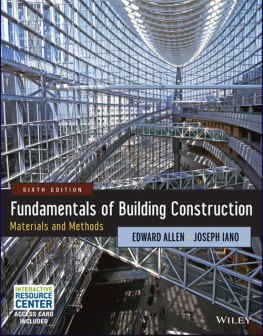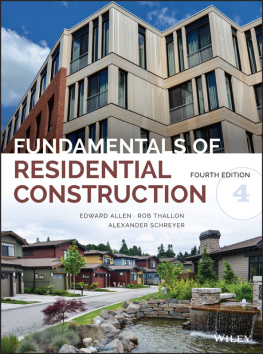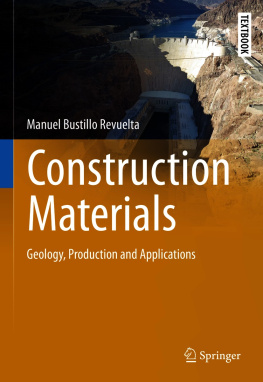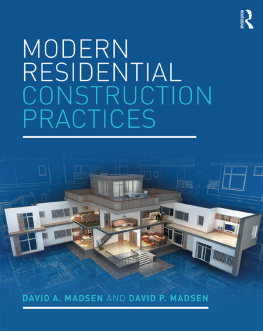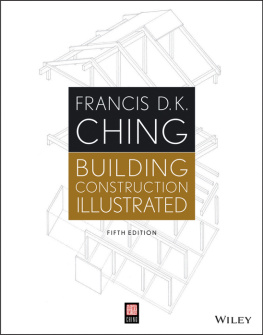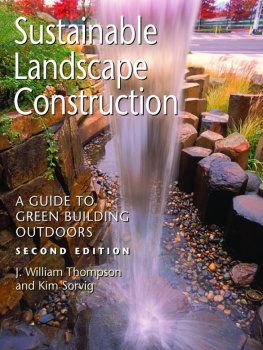Cover image: Amana Images/Alamy
Cover design: Michael Rutkowski
This book is printed on acid-free paper. 
Copyright 2014 by John Wiley & Sons, Inc. All rights reserved.
Published by John Wiley & Sons, Inc., Hoboken, New Jersey.
Published simultaneously in Canada.
No part of this publication may be reproduced, stored in a retrieval system, or transmitted in any form or by any means, electronic, mechanical, photocopying, recording, scanning, or otherwise, except as permitted under Section 107 or 108 of the 1976 United States Copyright Act, without either the prior written permission of the Publisher, or authorization through payment of the appropriate per-copy fee to the Copyright Clearance Center, 222 Rosewood Drive, Danvers, MA 01923, (978) 750-8400, fax (978) 646-8600, or on the web at www.copyright.com . Requests to the Publisher for permission should be addressed to the Permissions Department, John Wiley & Sons, Inc., 111 River Street, Hoboken, NJ 07030, (201) 748-6011, fax (201) 748-6008, or online at www.wiley.com/go/permissions .
Limit of Liability/Disclaimer of Warranty: While the publisher and author have used their best efforts in preparing this book, they make no representations or warranties with the respect to the accuracy or completeness of the contents of this book and specifically disclaim any implied warranties of merchantability or fitness for a particular purpose. No warranty may be created or extended by sales representatives or written sales materials. The advice and strategies contained herein may not be suitable for your situation. You should consult with a professional where appropriate. Neither the publisher nor the author shall be liable for damages arising herefrom.
For general information about our other products and services, please contact our Customer Care Department within the United States at (800) 762-2974, outside the United States at (317) 572-3993 or fax (317) 572-4002.
Wiley publishes in a variety of print and electronic formats and by print-on-demand. Some material included with standard print versions of this book may not be included in e-books or in print-on-demand. If this book refers to media such as a CD or DVD that is not included in the version you purchased, you may download this material at http://booksupport.wiley.com . For more information about Wiley products, visit www.wiley.com .
Library of Congress Cataloging-in-Publication Data:
Allen, Edward, 1938
Fundamentals of building construction : materials and methods / Edward Allen and Joseph Iano. -- Sixth Edition.
pages cm
Includes index.
ISBN 978-1-118-13891-5 (hardback); ISBN 978-1-118-41919-9 (ebk); ISBN 978-1-118-42086-7 (ebk)
1. Building. 2. Building materials. I. Iano, Joseph. II. Title.
TH145.A417 2013
690--dc23
2013002846
PREFACE TO THE SIXTH EDITION
First published a quarter-century ago, Fundamentals of Building Construction: Materials and Methods , now in its sixth edition, has wrought a revolution in construction education. It has been instrumental in making a previously unpopular area of study not merely palatable but vibrant and well liked. It has taken a body of knowledge once characterized as antithetical to design excellence and made it widely recognized as being centrally relevant to good building design. It has replaced dry, unattractive books with a well-designed, readable volume that students value and keep as a reference work. It was the first book in its field to be even-handed in its coverage and profusely and effectively illustrated throughout. It was the first to release the teacher from the burden of explaining everything in the subject, thereby freeing class time for discussions, case studies, field trips, and other enrichments.
Gaining a useful knowledge of the materials and methods of building construction is crucial and a necessity for the student of architecture, engineering, or construction, but it can be a daunting task. The field is huge, diverse, and complex, and it changes at such a rate that it seems impossible ever to master it. This book has gained its preeminent status as an academic text in this field because of its logical organization, outstanding illustrations, clear writing, pleasing page layouts, and distinctive philosophy.
It is integrative, presenting a single narrative that interweaves issues of building science, materials science, legal constraints, and building craft so that the reader does not have to refer to separate parts of the book to make the connections among these issues. Building techniques are presented as whole working systems rather than component parts.
It is selective rather than comprehensive. This makes it easy and pleasant for the reader to gain a basic working knowledge that can later be expanded, without piling on so many facts and figures that the reader becomes confused or frightened away from wanting to learn about construction. Reading other texts was once like trying to drink from a fire hose; reading this one is like enjoying a carefully prepared meal.
It is empowering because it is structured around the process of designing and constructing buildings. The student of architecture will find that it features the design possibilities of the various materials and systems. Students interested in building or managing the construction process will find its organization around construction sequences to be invaluable.
The book is necessarily complex without being complicated. It avoids the dilemma of having to expand ad infinitum over time by presenting the basic construction systems, each in sufficient detail that the student is brought to an operational level of knowledge. It deals, as its subtitle indicates, with fundamentals.
In this latest edition, we have updated and revised many portions of the text. To name a few, in Chapter 1, an expanded discussion of buildings and the environment reflects the continuing evolution and maturation of sustainable building practice. Attention to the role of the constructor and to considerations of construction management continues to receive more in-depth consideration. Many facets of foundations and sitework have been updated in Chapter 2. Chapters 3 through 7, covering wood materials and construction systems, have been extensively updated: An entirely new construction system, cross-laminated timber, is introduced; a greater emphasis is given to manufactured wood products, reflecting this trend within the industry; and the influence of the most recent energy codes and sustainability standards on the enclosure of these building systems is reflected in revised text and updated illustrations. Throughout the remaining portions of the text, new developments in materials and methods, sustainable practices, and building regulations have been incorporated. Finally, a special effort was made to update illustrations and photographs, both to ensure currency of information and to provide the greatest possible visual interest for the reader.
We continue to take maximum advantage of the World Wide Web. The text's encyclopedic details, along with an array of additional resources for both students and instructors, are readily available via its dedicated web site ( www.wiley.com/go/constructioneducation6e ). A Respondus test bank, PowerPoint lecture slides, Instructor's Manual, and more can be found there for instructors. For students, there are flashcards and interactive self-test questions, as well as SketchUp exercises and animations, which are indicated by icons found throughout the text. Coauthor Joseph Iano's construction blog ( www.ianosbackfill.com ) provides an outlet for additional content and coverage of new developments in the field. The selected list of Web site addresses included in the reference section at the end of each chapter provides links to the other most relevant resources that are available on the Web, which provide starting points for students' further explorations.

